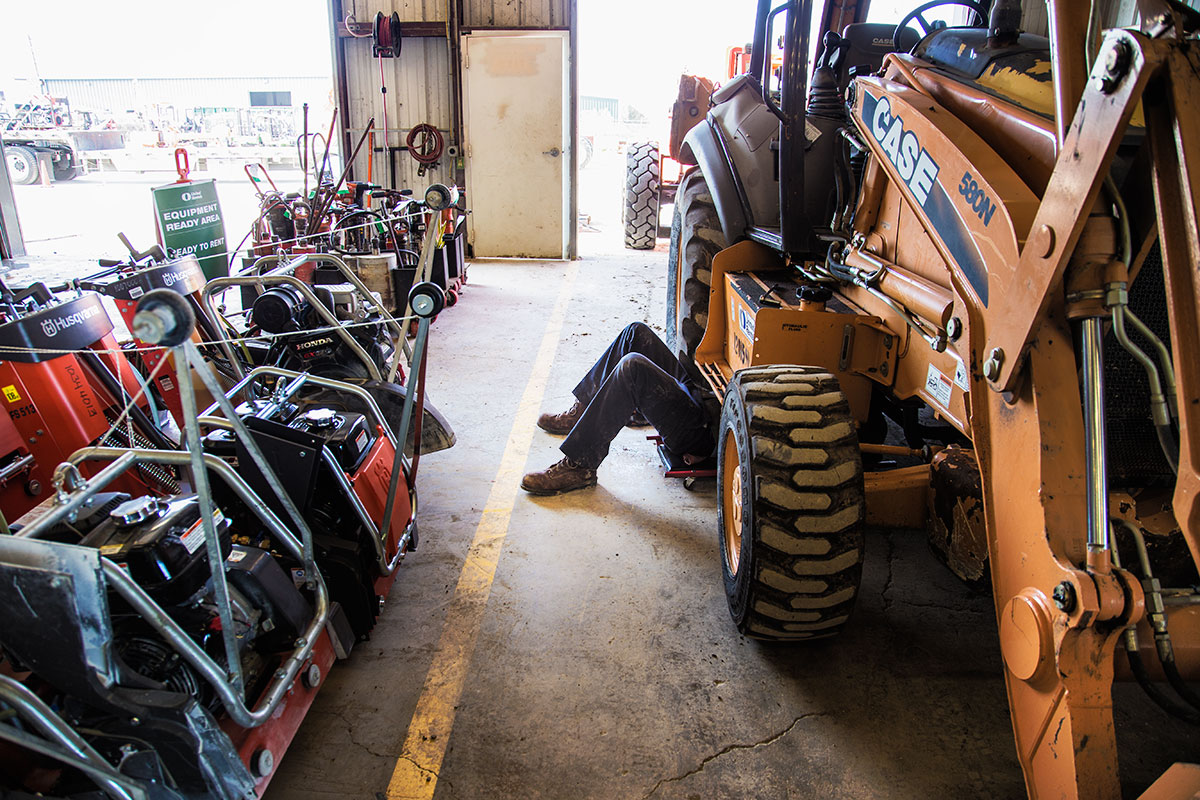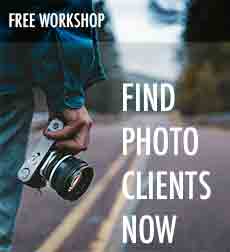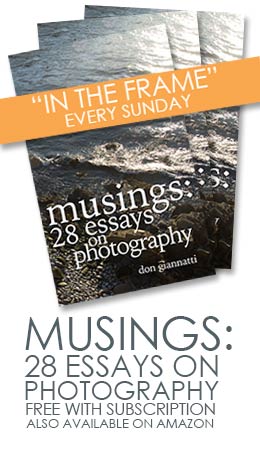
Recently Stefan Sagmeister posted a video in which he excoriates designers for using the word “story” in their descriptions of what they do. Whether you agree or disagree, it is a compelling video. Personally, I am not 100% on board with his statements. There are some merit, but it all seems a bit pedantic to me.
You can see the video here.
I will note that he was not talking to photographers, but the design community. However some photographers thought that he was referring to the growing cliche of photographer storytellers.
I don’t believe he was, but I thought it important to address what he said and defend the idea that a single photograph can tell a ‘story’.
Not a novel, of course. Nor a novella or an article or much of anything that is linear… that would take several photographs usually. We would have a beginning, middle, and end photograph to give that linear flow that stories – complete stories – have.
With one single photograph, we are looking for something that is not as linear, but more of an excerpt. We may have to intuit or create the beginning and imagine the end… or any variation there of, but we definitely see more than the simple flat representation.
I believe the vast majority of images made are not designed to tell a story. They are reportage, representational, pretty, or a form of social proof that one did something. A visual diary of an adventure – big or small – and a fascination with the power of context a frame can give something simple or majestic.
But there are a few images and image makers that work diligently to present images that inspire us to think story… at least snippets of stories. The power of the still image is that it can help us recall emotions and moments of our own lives that may have nothing at all to do with the image before us.
This photograph by Sally Mann is compelling in ways that belong only to the viewer. The image of a young girl with the candy cigarette and very serious face leads the viewer to moments in their own childhood… and what happened before and after this brief sliver of time is up to the viewer to fill in. However it is seen, it certainly is a moving photograph.
Brian Sokol’s image of a cyclone victim is full of stories. We share context with this man, we share a known set of variables. We may not know the particulars, but we know what has happened. That is story.
Bert Stern used the context of Buster Keaton’s slapstick humor to make this image connect. Those of you too young to remember Keaton may not see what the image was conveying, but those who share the experience of seeing his off the cuff silliness know. Stern used this to make an image that conveys a message far beyond “drink smirnoff”, and introduced another level of connection between viewer and subject. Story – no matter how brief or different each viewer’s experience is.
What does it take to make an image that would be considered to tell a story? Wow… that would be almost as difficult as describing what makes a good melody.
Most of it would have to do with context I believe, and shared experiences.
Context is how the photographer frames his subjects, what the subject is doing in the image, and whether or not the viewer can see that relationship between subject and surroundings enough to form a glimpse into possible scenarios. Context is arguably the most powerful part of the image making process.
A flat surrounding may not offer any glimpse at all into the environment, and in that case the subject and how they are reacting to the camera would be the focus of the story. Scenarios that include backgrounds may use them to set cultural equivalencies that help us with our shared experiences.
A large silo on a flat landscape can say midwest, while cactus and canyons signify the west. Old row houses and fog may bring us the shared idea of New England even to those who have never been there. We’ve seen it, we share its characteristics.
We all know what a devasted town looks like. We may not be able to see the tornado, but we knew it was there… and now it is not. A single image reminds us of that fact… town = tornado = destruction = healing. The emotional toll is captured in a single frame, but the shared experience provides a narrative.
In commercial photography it becomes harder to tell a story if all the client wants to tell in the photograph is that their coffee machine has bigger buttons than the competition.
But there are opportunities to create more compelling and narrative driven images and when given the chance, commercial photographers can use all of their skill at crafting images to help craft the narrative as well.
This photo by my friend Jan Klier shows us something we have probably not seen before. There is a narrative here, something that is driving the women to be in this position at this precise moment in time. However, we have no idea what it is… so we provide our own. I think one could tell an entire short story based on this image… go ahead. Give it a shot.
A food shot by photographer Sampsel Preston tells a delightful little story of texture and color and design. This is not a novel, but we can see the context of the colors, shapes and textures, and deliver a narrative on what is happening here. Perhaps all we wonder at is the beautiful colors and exotic looking food in the containers. Fine… that wonder is a bit of a story, isn’t it. Not a long one, or one with lots of plot twists, but a very fine little tale that holds our interest.
I love the still image, and I am constantly amazed at the stories some of them can conjure within the viewer. A few of my favorite photographers adept at telling little stories in their single, still images.
Richard Avedon
Paul Caponigro
Stephen Shore
Helmut Newton
Guy Bourdin
Dorothea Lange
Peggy Sirota
Patrick Demarchelier
Arthur Elgort
There are many more. Many.
I think that the goal of telling even the smallest story in a single image is a tough one to achieve, but it is worth the struggle. Even if we are not totally successful, the image we work to will be more compelling than if we had simply clicked the shutter without a vision of our own.
Because our own vision, and its creation, can be a story in itself.
What do you think? Can a single still image convey a story?




